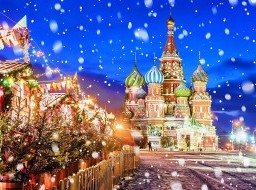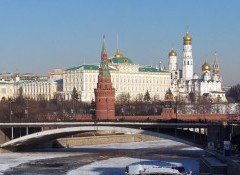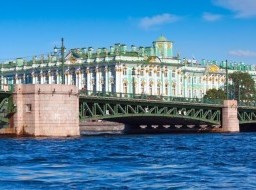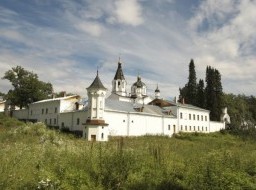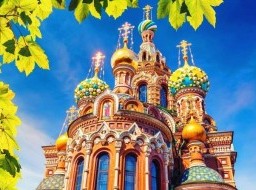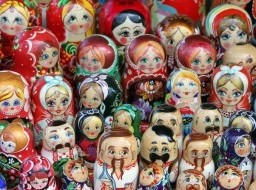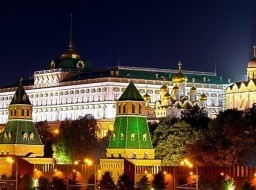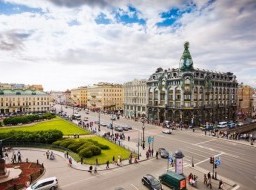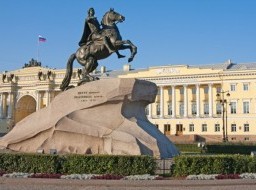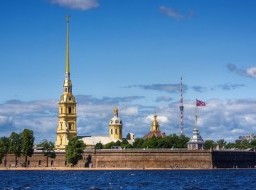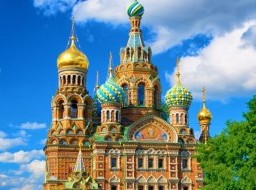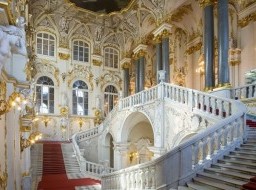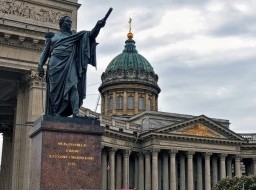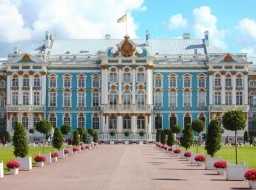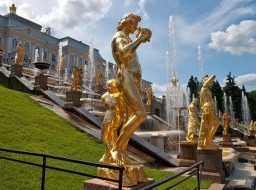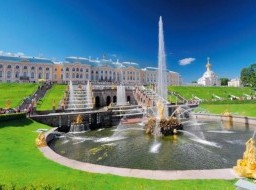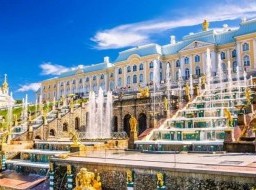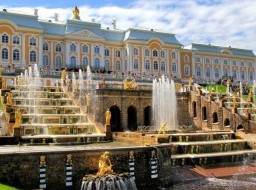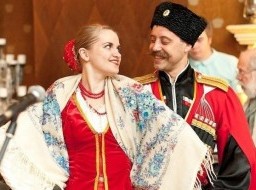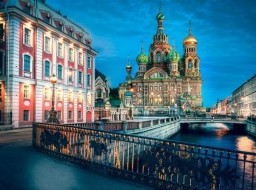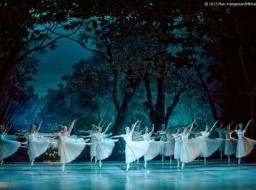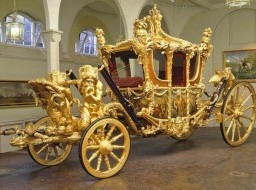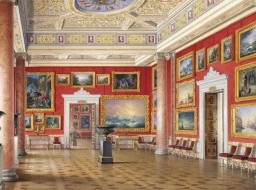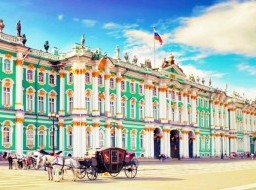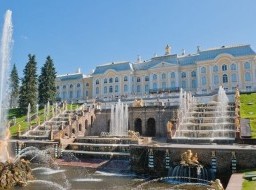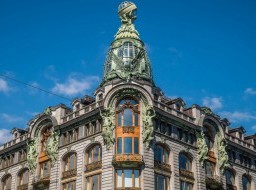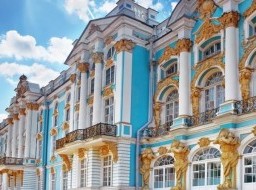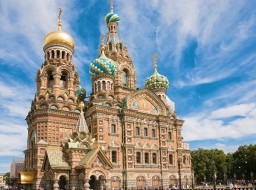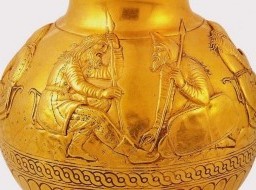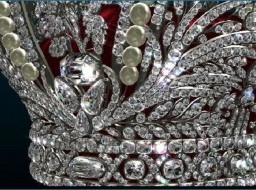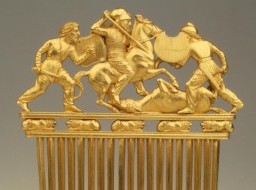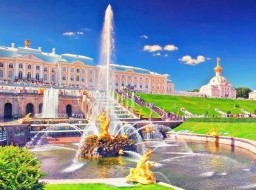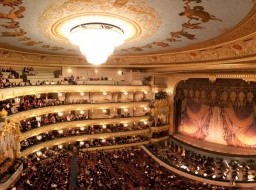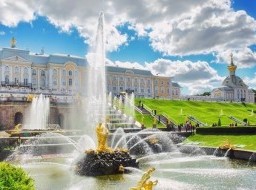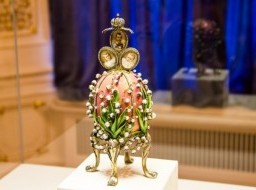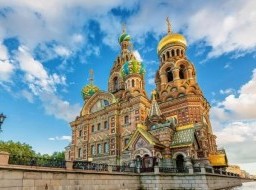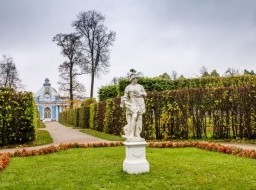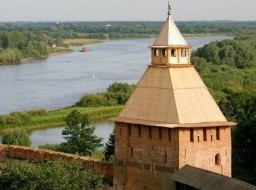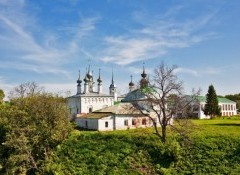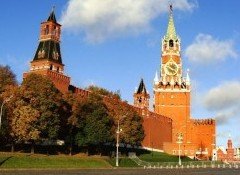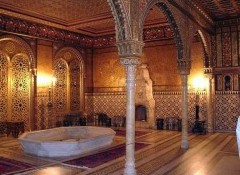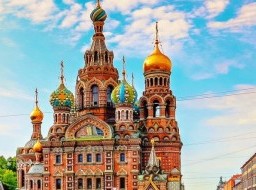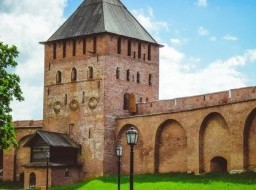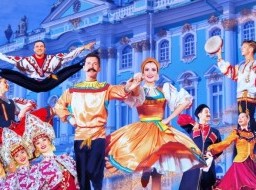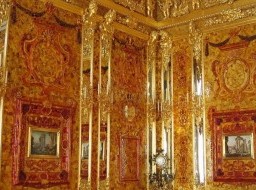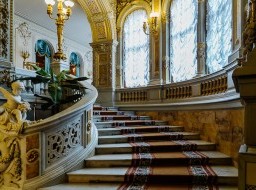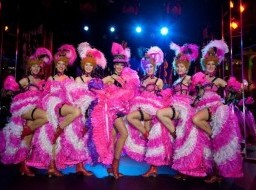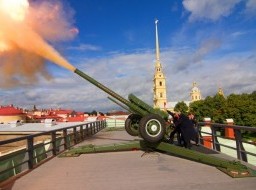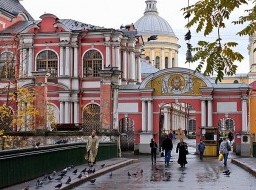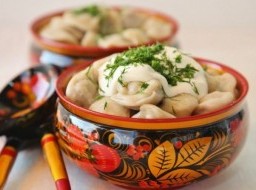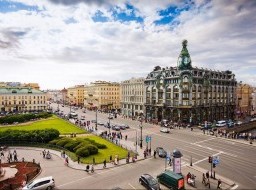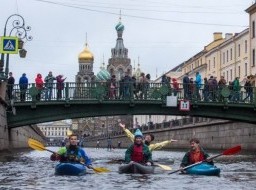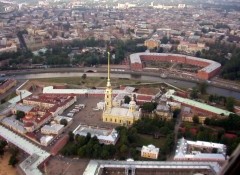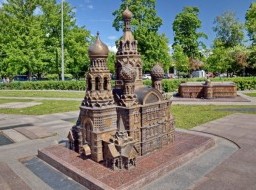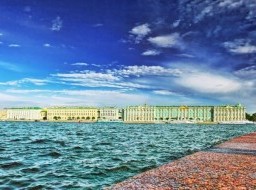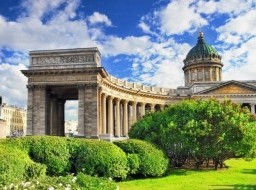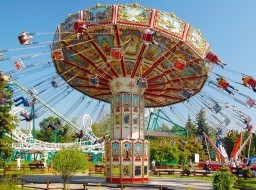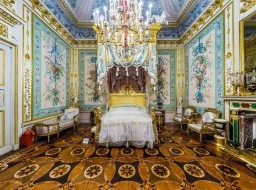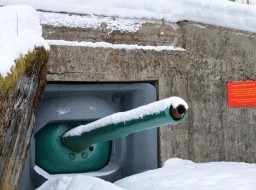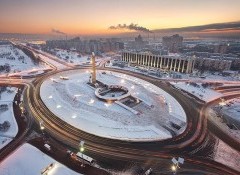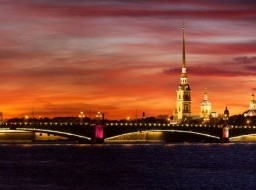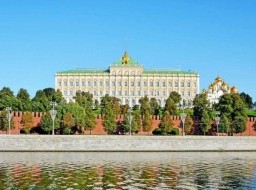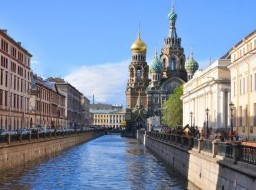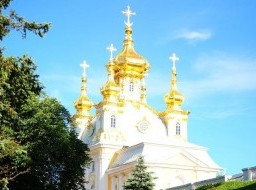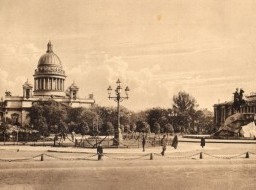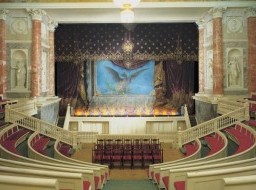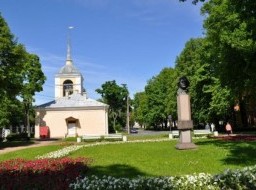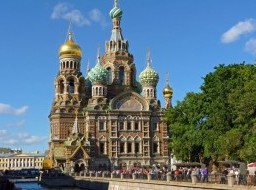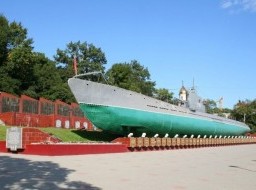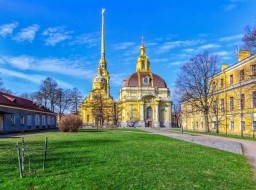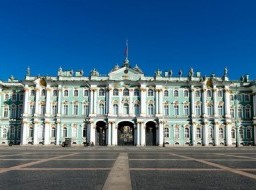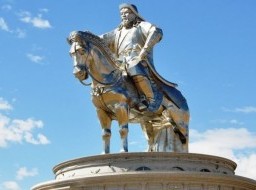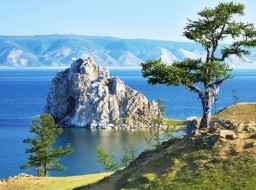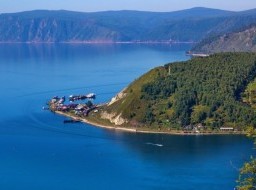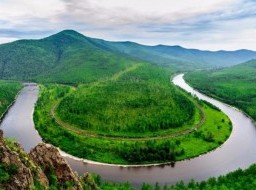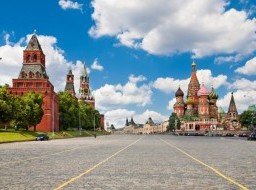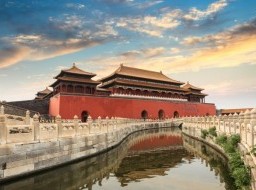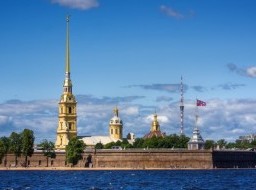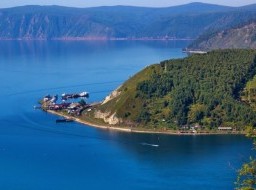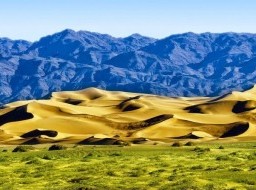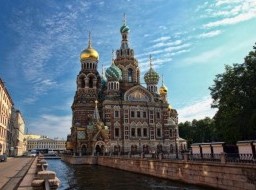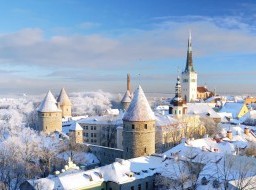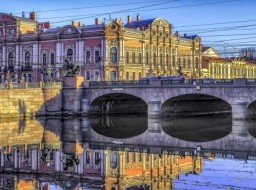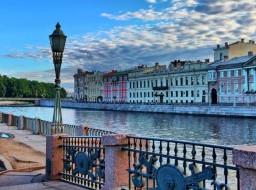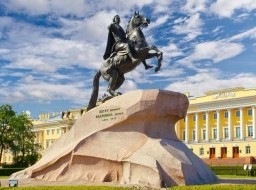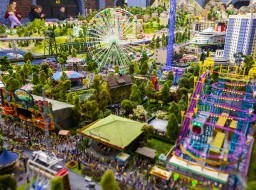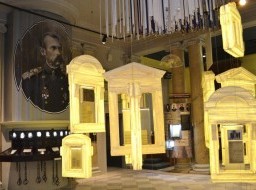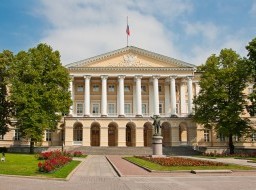Hermitage Museum
The Hermitage Museum is the world culture encyclopaedia written in Russian. It is a unique museum that combines a beautiful art collection with the memory of Russian national history. This is a museum of culture, a museum of art, a museum of Russian history, and also the museum of Russian architecture. The whole Hermitage is where the heritages of different nations were collected and displayed. It is one of the largest and oldest museums in the world, founded in 1764 by Catherine the Great and has been open to the public since 1852. The buildings that the Hermitage occupies are brilliant examples of European architecture. The walls of these buildings have also seen a great number of important historical events and almost all history of the Russian Empire took place within them - from Peter the Great to Nicolay II. Every visitor can feel the force of Russian history here. Its collections, of which only a small part is on permanent display, comprise over three million items, including the largest collection of paintings in the world. The collections occupy a large complex of six historic buildings along Palace Embankment, including the Winter Palace, a former residence of Russian emperors. The Hermitage Museum encompasses many buildings on the Palace Embankment and its neighbourhoods. Apart from the Small Hermitage, the museum now also includes the 'Old Hermitage' (also called 'Large Hermitage'), the 'New Hermitage', the 'Hermitage Theatre', and the 'Winter Palace'. Each of the buildings was designed by celebrated architects from the 18th and 19th centuries. The most famous of the buildings is the Winter Palace, designed by Bartolommeo Rastrelli, and which was the residence the Russian emperors until 1917. The magnificent green, white and gold Winter Palace is superbly situated on the banks of the Neva River, a 656 ft-long (200m) Russian Baroque building that is the biggest and most lavishly decorated palace in the city. Today, the buildings house part of the Hermitage's unique European, Russian, Impressionist and Modern, Roman, Greek, Islamic, and Egyptian collections. Catherine the Great added the Small and Large Hermitages onto the palace as a sanctuary for herself and her private art collection. The Hermitage Museum comprises a stately complex of buildings strung along the embankment, with the Winter Palace at its heart. The Hermitage Museum is one of the world's greatest art museums that has grown from a small collection of paintings started by Catherine the Great, to a massive display of over three million exhibits, housed within the sumptuous splendor of one of the most luxurious palaces worldwide.  This is not a photo. This is a painting of one of the Hermitage halls by Russian artist Eduard Gau. Amazing attention to detail! In 1764 Catherine the Great purchased a major collection of 225 paintings by Flemish and Dutch masters that had originally been assembled for Frederick II of Prussia. This stunning coup launched the Hermitage's collection with a treasure trove of paintings by Rembrandt, Rubens, Raphael, van Dyck, Hals, Holbein, Titian and many more that dazzle us to this day. Her purchases fused her love of sublime beauty with an understanding of how her audacious acquisitions could enhance the perception of Russia as a world power. It has been estimated that she amassed over 4,000 paintings, 38,000 books, 10,000 engraved gems, 10,000 drawings, 16,000 coins and medals and a natural history collection during her reign, thus in just one generation managing to rival the collections of the older European museums. The collections grew so fast that she had to embark on a major building program as well – expanding to the 1,000 sumptuous rooms we marvel at today. The three floors cover a full range of world art from ancient times, to Russian works and 20th century Europe, and a fabulous collection of Impressionist and Post-Impressionist paintings, set against the rich interior of white marble staircases, golden ceilings, crystal chandeliers, and elaborate mosaics. Of the highlights, the lavish State Rooms, the Golden Rooms, containing a spectacular collection of royal jewels, gold and silver, and the modern European art section are the most popular. The State Hermitage has captured the essence of world culture. Its collections contains exquisite treasures from Paleolithic to contemporary, you can study some of the most extraordinary works of art in the world, including details about each piece represented here and histories of the civilizations that created them. Main collections are: Egyptian antiquities; Classical antiquities; Prehistoric art; Jewelry and decorative art; Italian Renaissance; Italian and Spanish fine art; Knight's Hall; Dutch Golden Age and Flemish Baroque; German, British, Swiss and French fine art; Russian art; Neoclassical, Impressionist, and post-Impressionist art. The collection is both enormous and diverse and is an essential stop for all those interested in art and history. The experts say that if you were to spend a minute looking at each exhibit on display in the Hermitage, you would need 11 years before you’d seen them all. However, we recommend you opt for a guided tour instead! |
|
